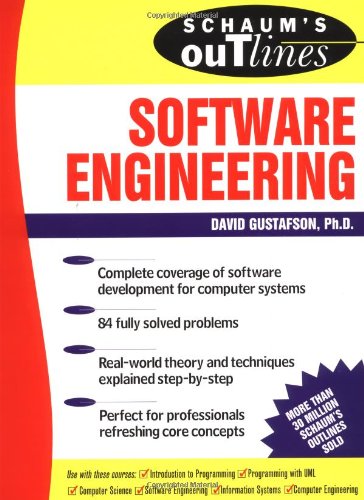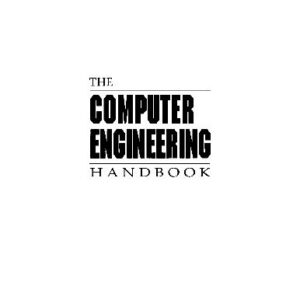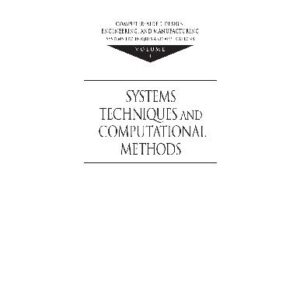This Schaum’s outline does a great job of outlining the vast majority of topics you must study in order to call yourself a software engineer versus a programmer. As other reviewers have pointed out, it is not a comprehensive textbook on the subject but makes a great “big picture” supplement. This is particularly valuable to students since college software engineering classes are often poorly structured and taught. When I took software engineering at Virginia Tech the professor actually believed that learning software engineering involved memorizing every UNIX command and all of its options. Thus guidance in this discipline is at a premium.
This book’s format is to mention all of the major subtopics of software engineering, provide a paragraph or two in description, and then provide some examples as well as exercises for the student. No particular programming language is used since this is not a book about programming, rather it is about the tools and metrics used to organize, manage, measure, and test programming projects. Everything from project management to metrics to object-oriented design techniques is at least mentioned.
Although there is no formal bibliography given, throughout the book there are references to the work of authors and experts in the field who have written more extensive works on particular aspects of software engineering such as Glenford Myers who authored the classic “The Art of Software Testing”, Watts Humphrey author of “Introduction to the Personal Software Process”, and Tom DeMarco who penned “Controlling Software Projects”. I highly recommend this outline to students of software engineering and also to professionals who might need a quick reference for certain aspects of the field that they may have forgotten.






Reviews
There are no reviews yet.